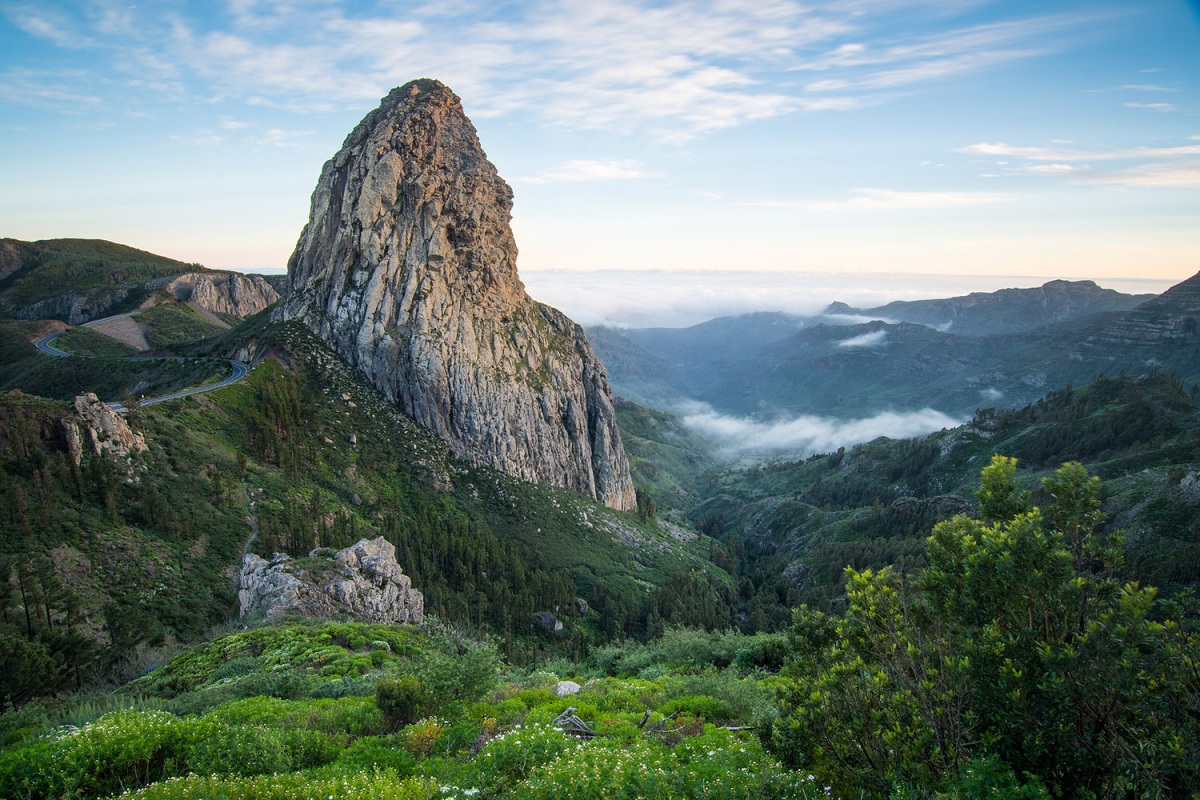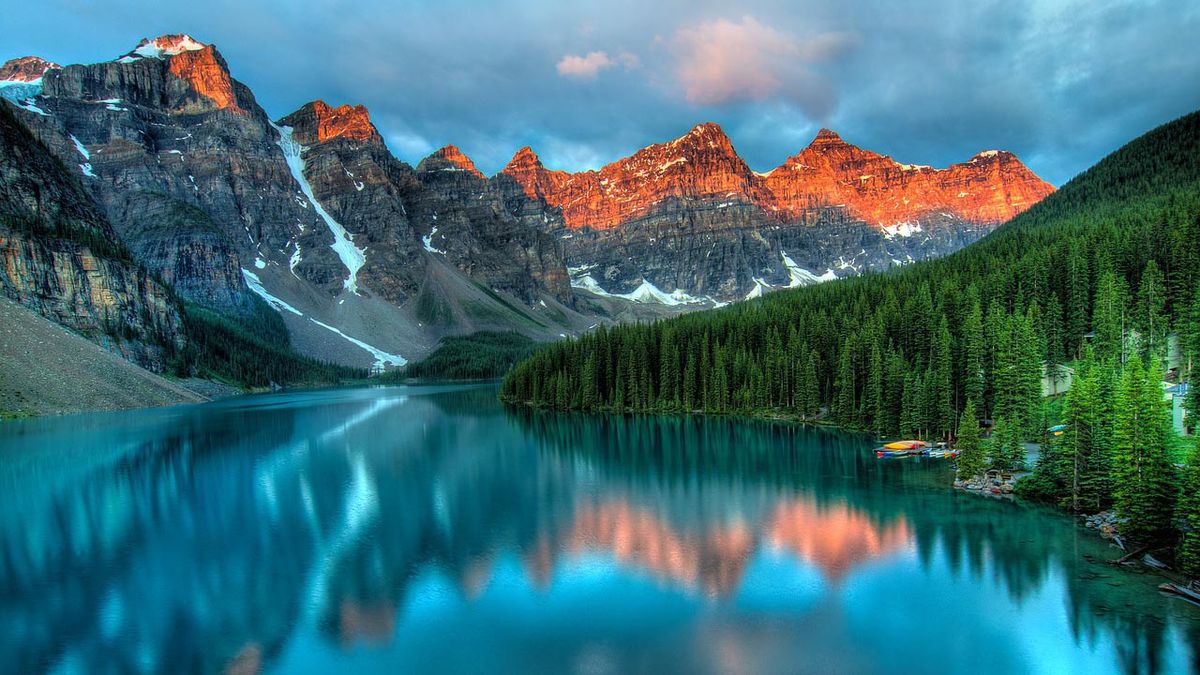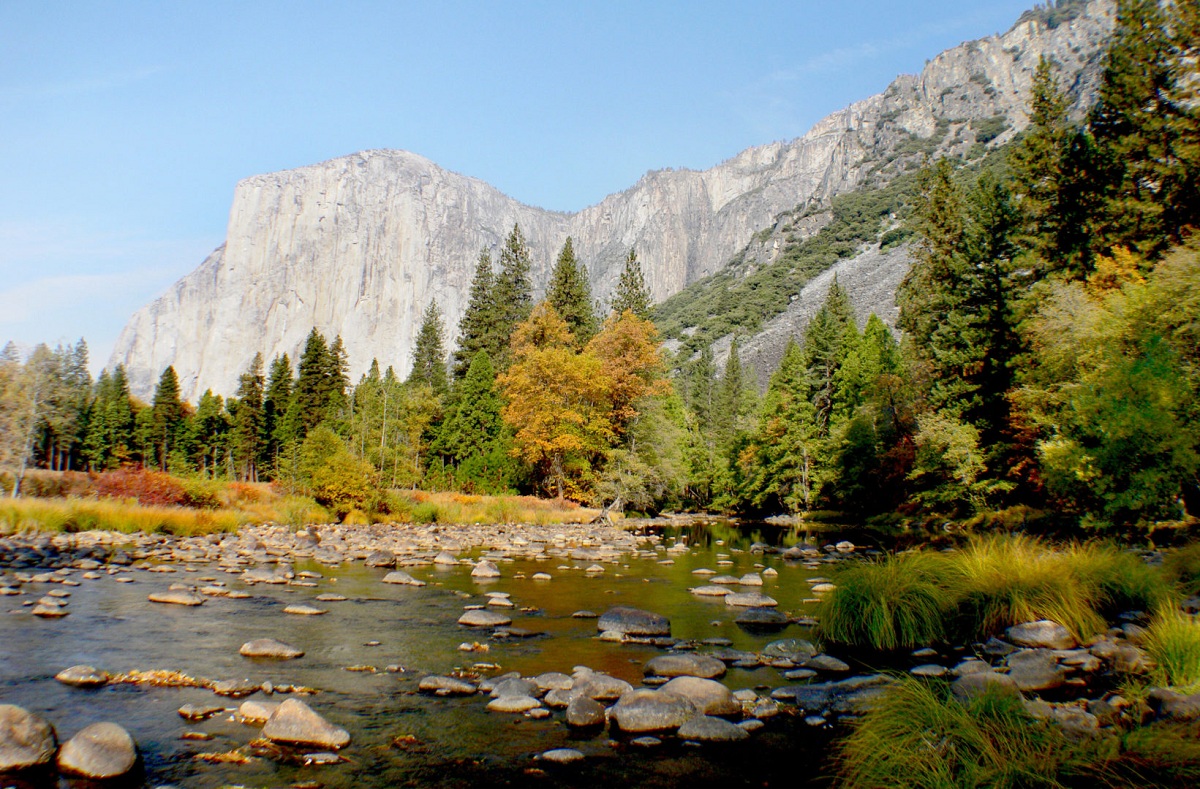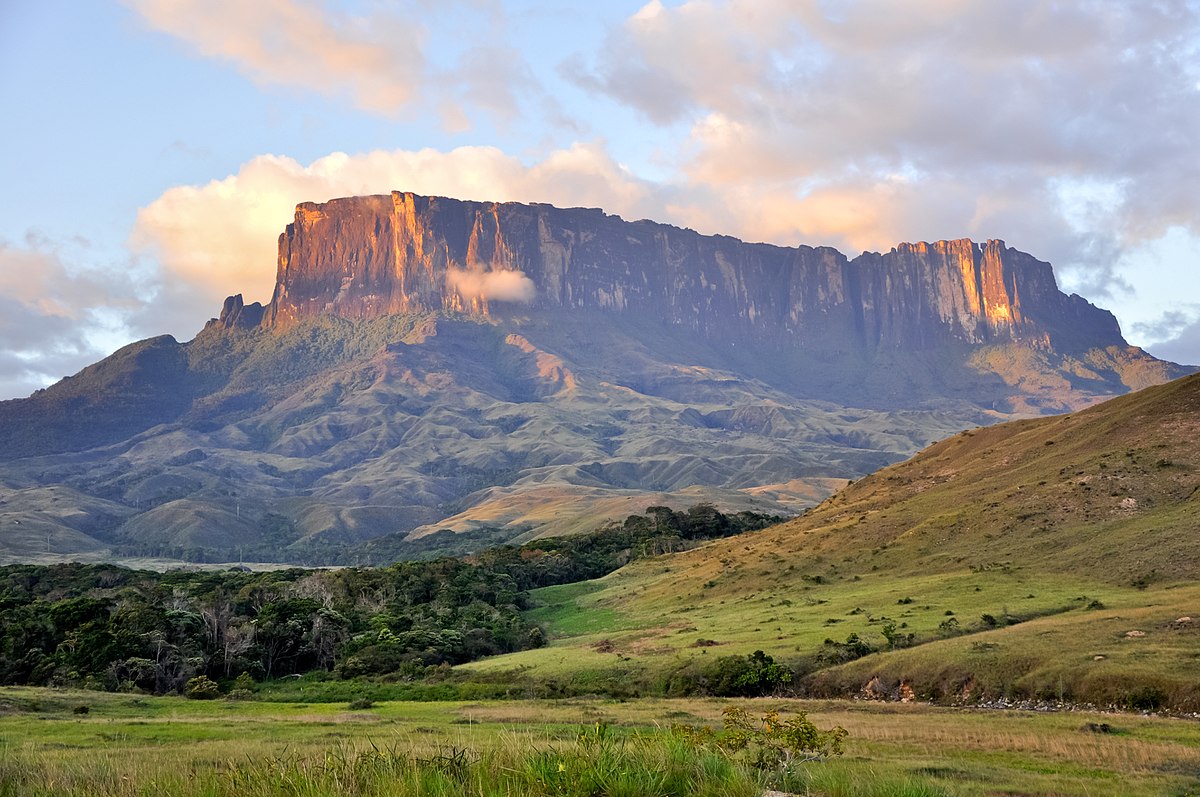
Nature needs a protection regime protected by law in order to safeguard flora and fauna. For this, there are protected natural spaces. In this case, we will see what is a national park. This is a fairly high protection category that restricts certain human activities in the entire surrounding area.
In this article we are going to tell you what a national park is, its characteristics and importance.
What is a national park

Strictly speaking, they are protected areas that enjoy a legal and juridical status determined according to the laws of the country in which they are located. This situation requires the protection and preservation of its rich flora and fauna and some of its respective special characteristics, which are usually large open spaces that limit the movement of people. Because the purpose is to protect, conserve and prevent the deterioration of the ecosystems that inhabit these spaces, and the characteristics that give them identity. So that future generations can enjoy these spaces.
Functions of a national park

The following points illustrate the importance of the functions that national parks have, which is why the government has taken legal decisions to protect them.
- Protect biodiversity and ecosystems
- Protect endangered habitats
- Guarantee cultural diversity
- Protect endangered flora and fauna
- Protect a unique natural environment
- Preserve ideal research scenarios
- Conservation and conservation of paleontological areas
- Protection and conservation of cave reserves
- Avoid illicit trafficking of species
- Avoid overdevelopment
Importance of National Parks
The importance of a national park can range from the protection and preservation of its habitats and ecosystems or the special characteristics of its flora and fauna. They make a great contribution to the biological balance, as they aim to protect species of flora and fauna that are very typical or unique to these areas. But there is another economic priority, even national, that we will see soon.
- Income generation: Every day they bring a lot of money to the countries for concepts such as ecotourism and adventure activities, camping areas, mountain climbing and more.
- Generate renewable natural resources: Many national parks have enormous potential for renewable resources, including the production of water and fine wood, and their production is controlled.
- Conservation of natural resources: These types of protected areas tend to provide climatic stability to a large part of the world's population, helping to stabilize the climate, the soil and some of the effects of possible natural disasters.
As we have seen, the importance of protected natural parks is absolutely necessary and vital for the survival of the nation and the world as a whole, as well as our planet.
Although the world organization has made great efforts to protect natural areas, it faces enormous threats. A large amount of wildlife is in a vulnerable state, and it is estimated that 50 percent have disappeared in the last 40 years, largely due to illegal trafficking and overexploitation.
Characteristics of National Parks
A national park must contain certain characteristics to be considered a national park, it must have a high natural value, special characteristics and a certain singularity of its flora and fauna. It should receive priority attention and special care from the government.
To be declared a national park or national reserve, must contain a representative natural system. A large area that allows the natural evolution of ecological processes and little human intervention in its natural value, hence the importance of knowing what a national park is in order to give them the appropriate focus.
They have repeatedly been the last bastion of endangered species. They are rich in flora and fauna and also have unique geological formations. It must allow for the natural balance of life as it originally existed on our planet. The purpose of many of these parks is to protect wildlife and generate tourist attractions, and ecotourism was born under this concept.
Requirements for the category

For an area or territory to be considered within a national park, it must have some of the following characteristics, which should be clarified since they may vary according to the laws or ordinances of certain countries:
- Representation: It represents the natural system to which it belongs.
- Expansion: Have sufficient surface to allow its natural evolution, maintaining its character and ensuring the functioning of current ecological processes.
- State of conservation: Natural conditions and ecological functions are largely predominant. Human intervention in its values must be scarce.
- Territorial continuity: With justifiable exceptions, the territory must be contiguous, free of enclaves and free of fragmentation that disturbs the harmony of the ecosystem.
- Human settlements: Inhabited urban centers are excluded, except for justified exceptions.
- Legal protection: must be protected by the laws and legal framework of your country
- Technical capacity: Have the staff and budget to meet conservation and conservation goals, and only allow research, educational or beauty appreciation activities.
- Outside protection: Surrounded by territory that can be declared Foreign Reserve.
National parks are usually guarded by park rangers to prevent illegal acts such as the exploitation of species or illegal trafficking. Some national parks may be large land areas, but there are also large areas of water, either in the ocean or on land that fall within such national parks. There are many such examples in the world.
history of the national park
Although not a concept as we know it today, there are records of an even older nature reserve in Asia, exemplified by the Sinharaja Forest in Sri Lanka, which it was officially declared a UNESCO World Heritage Site before 1988.
It wasn't until 1871, with the creation of Yellowstone National Park in Wyoming, that the first national park was officially born. For example, Yosemite Park was created in 1890, in the same country as the United States.
In Europe, the concept of national parks did not begin to be implemented until 1909, when Sweden passed a law allowing the protection of nine large natural areas. Spain would support the establishment of national parks and in 1918 created its first national park, the European Mountains National Park.
Currently the whole world is clear about what national parks are and what their functions are, there are national parks, which in Latin America occupy about a quarter of the territory, such as the Maya Biosphere Reserve in Guatemala, to Pegaso in Argentina Rito Moreno Glacier National Park.
I hope that with this information you can learn more about what a national park is, its characteristics and importance.